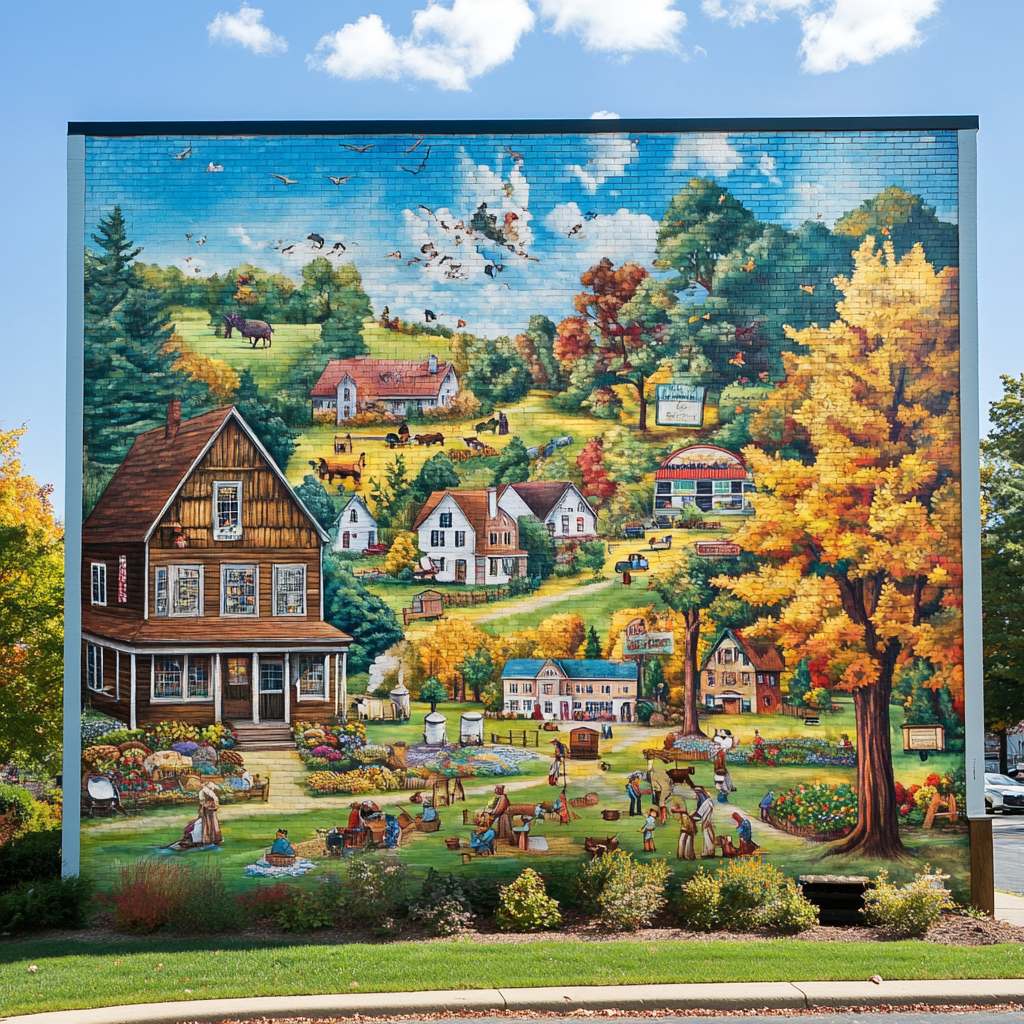Welcome to Canton, Michigan, where the blend of rich history and modern development paints the picture of a thriving community. From its early days as a settlement for New England pioneers to its current status as a bustling township, Canton has undergone a remarkable transformation. This journey through time reveals how a small agricultural town evolved into one of the state’s most dynamic communities, all while retaining its unique charm and historical roots.
The journey of Canton began with the opening of the Erie Canal in 1825, which brought settlers from New England to its forests filled with wildlife. These early settlers practiced self-sustaining farming, creating a community that was largely independent and closely tied to the land. From these humble beginnings, Canton’s identity as a productive agricultural area took shape. Sheldon Corners and Cherry Hill Village, established around the same period, became central hubs for the growing community, serving as home to the first church, post office, general store, and school in the area. These historical sites, including the well-preserved Sheldon School, are cherished reminders of Canton’s past.
In 1834, Canton took its name from a city in China, a tribute to the era’s fascination with the country, and officially became a Michigan township. This naming convention, influenced by Washington D.C.’s policy to avoid duplicating existing township names, showcases the unique blend of local and global influences that have shaped the township. Not long afterward, the construction of Canton’s first government office marked the beginning of organized governance and the township’s commitment to providing for its residents, setting the stage for future growth and development.
Between 1925 and 1970, Canton carved its identity as the “Sweet Corn Capitol of Michigan,” a nod to its robust agricultural practices centered on corn and dairy farming. These farms not only sustained the local community but also supplied major grocery stores in the region. Education, deeply valued by the settlers from New England, saw the establishment of various school districts and private educational institutions. These early schools, often doubling as community centers, laid the foundation for a strong emphasis on education that continues to this day in Canton.
The late 20th century marked a period of significant growth and change for Canton, driven by the development of new subdivisions and the impact of cross-district busing and I-275. These developments catalyzed a population boom, transforming Canton from a quiet agricultural township into a vibrant residential area. This growth spurt was not without its challenges, including debates over farmland preservation and the development of the township’s housing stock. Yet, the community’s determination to grow while maintaining its character prevailed.
Today, Canton continues to flourish, with residential, commercial, and infrastructure developments shaping its landscape since the 1970s. The arrival of IKEA in 2005 marked Canton as a regional retail hub, attracting a slew of new businesses and contributing to the township’s economic diversity. From its historical villages to modern shopping centers, Canton offers a unique combination of past and present, catering to a community that values both its historical roots and future potential. Whether you’re a long-time resident, a newcomer, or a potential investor, Canton’s journey from New England settlements to modern growth is a story of transformation, community, and resilience.






